Lunar Water Harvesting Possible Thanks To Awesome Discovery
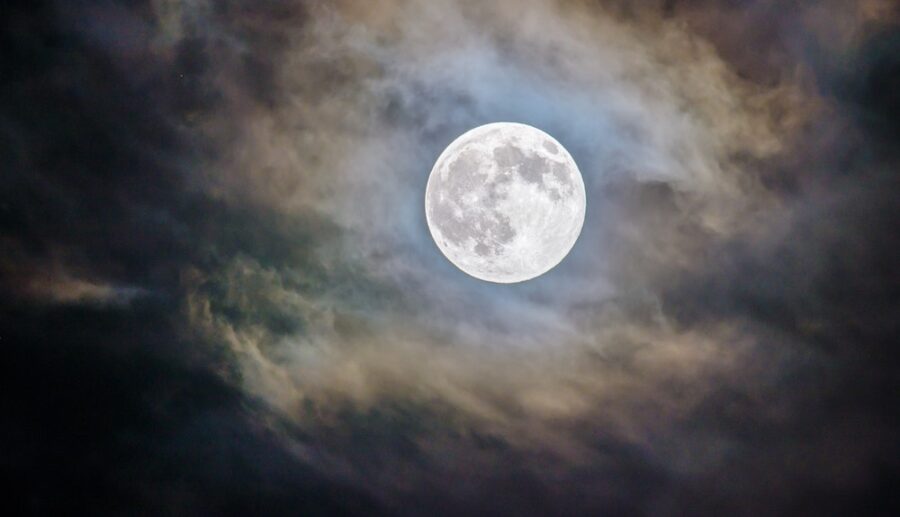
According to a shocking and exciting new write-up from Space.com, NASA scientists have uncovered evidence of hydrogen molecules within moon rocks, suggesting an opportunity for astronauts to harvest lunar water on the moon.
Perfect For Deep-Space Travel

Water harvested on the satellite’s surface could be used as rocket propellant and life support, meaning the moon could soon be utilized as a massive interstellar gas station for deep-space travel.
Though it has been decades since any human being has stepped foot on the moon’s surface, several countries are actively working in developing space programs with plans to do so, meaning deep space travel beyond our wildest dreams could soon be a very real possibility.
Massive Discovery
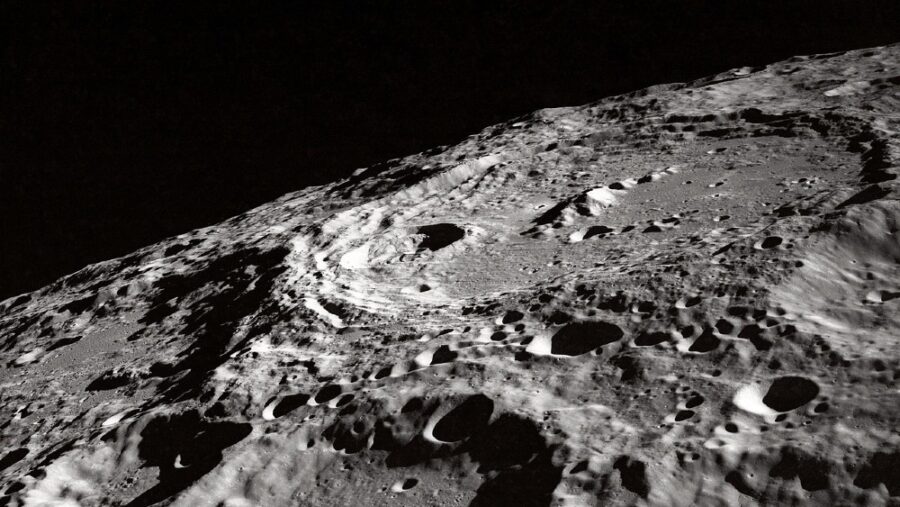
Though NASA has sent droves of unmanned robots on missions across the cosmos, the furthest any human being has ever strayed from our little blue marble is 248,655 miles.
This was accomplished in 1970, when Apollo 13 astronauts circled the far side of the moon for the first time, resulting in the stunning study of the satellite’s dark side.
Now that lunar water has been officially discovered, this distance could soon become a mere footnote in human space travel’s long and storied history.
NASA Discovered Hyrdrogen
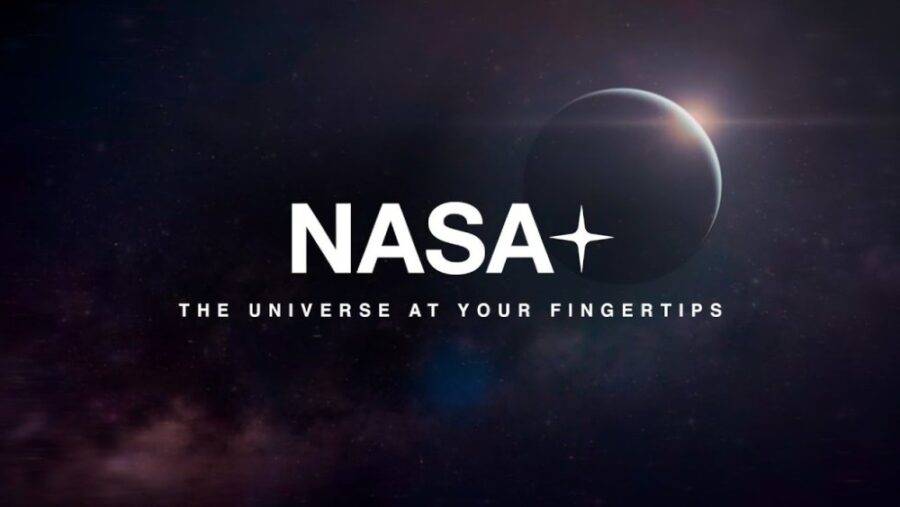
The hydrogen molecules that confirmed the existence of lunar water were actually discovered as part of NASAs Apollo missions, with the lunar samples being turned in to the U.S. Naval Research Laboratory for soil samples.
After spending some time digging into lunar soil sample 79221, researchers at the NRL discovered hydrogen, thought to have been brought to the moon’s surface by solar wind showers, comet strikes, or undiscovered water wells deep beneath the moon’s surface.
Big Cost Savings?
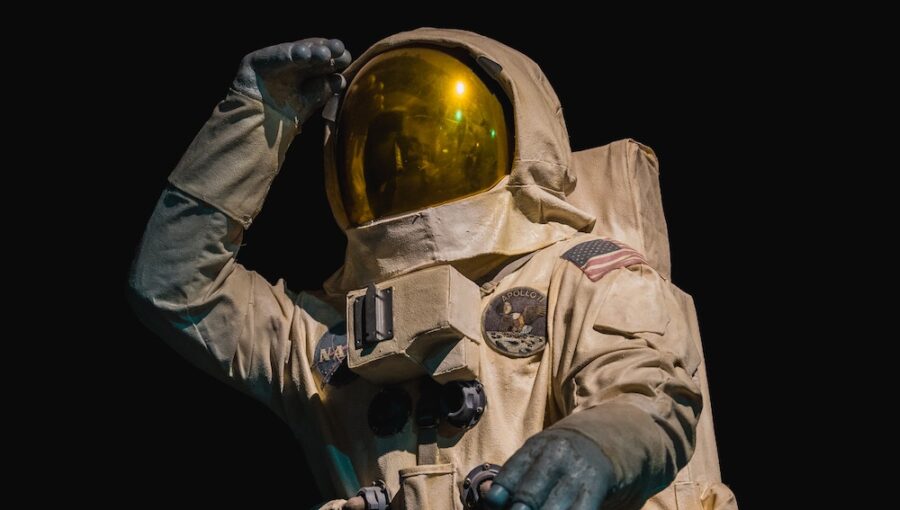
Per estimates from NASA analysts, it could cost upwards of thousands of dollars to launch a single water bottle to the moon, meaning astronauts previously had very limited supplies when making trips to the surface.
Now, with the existence of lunar water, human beings could significantly save on cost and supply by sending manned vessels to the satellite to synthesize their own water from afar. With the fueling capabilities of the hydrogen and oxygen components, this could even mean a manned mission to Mars in the near future.
Closest Discovery Yet
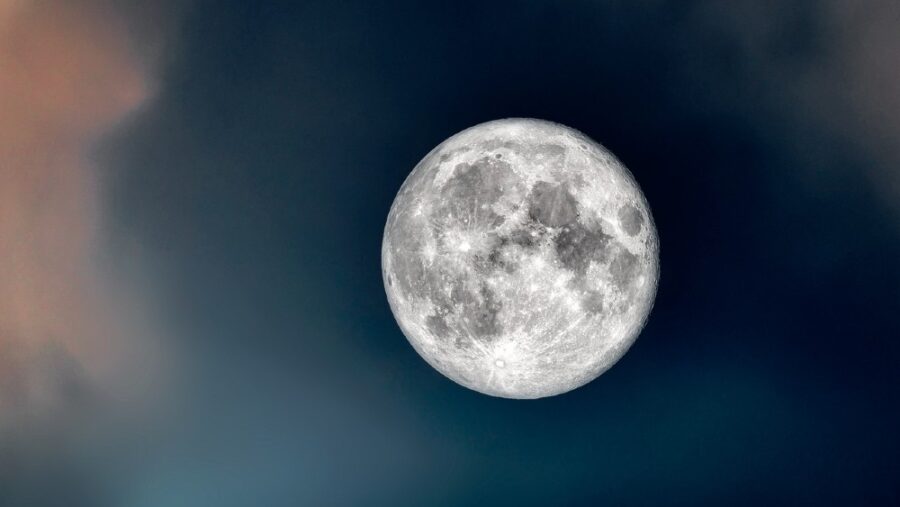
This lunar water discovery is a massive step in deep-space travel, as NASA researchers have been searching high and low for extraterrestrial water molecules for several years now.
While many searches have revealed deep-space water couched in comets, clouds, and other distant bodies, none have been officially confirmed as close as the moon until now.
With this information, scientists hypothesize that there may be a vast network of ice just beneath the moon’s surface, rather than the previously-held theory suggesting shadowed pools existed only on the moon’s North and South poles.
Just The Beginning?
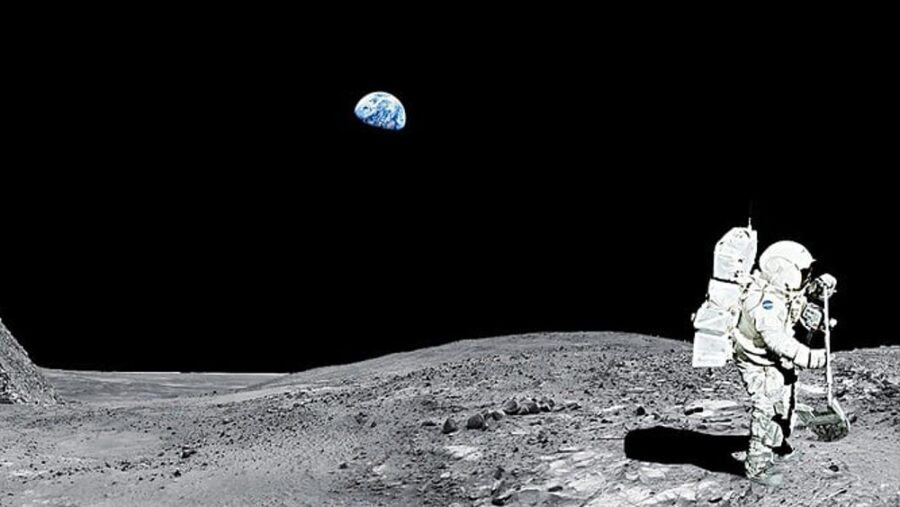
This discovery also goes hand in hand with that of India’s recent Chandrayaan-3 moon mission, which uncovered high sulfur content on the lunar South Pole.
With lunar water providing hydrogen and oxygen and high amounts of sulfur on the moon’s surface, this could provide manned missions with the resources necessary to construct high-powered batteries and other permanent structures on the moon.
With new discoveries every day, it’s clear that this is just the beginning of a long and successful study.












